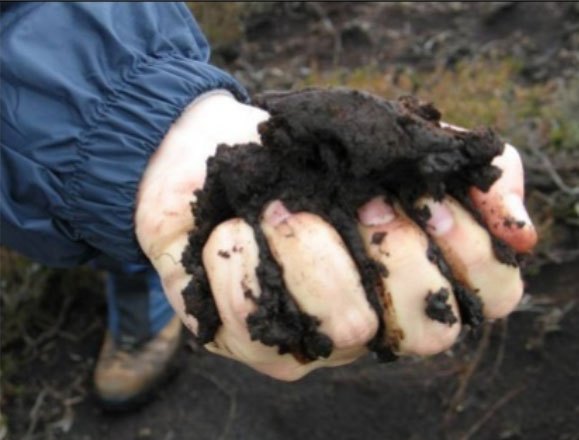In 2015, Chemistry Matters Inc. (CMI) provided the scientific support for Nexen at Long Lake during their emulsion release. As part of that role, I pored over data every evening, often long through the night to be able to communicate results to regulators and Nexen management and to put together the next day's sampling plan.
Aha moment!
One thing that jumped out from the data was a lack of correlation of toluene detection with other chemicals of potential concern. This rang a bell in my mind; we had seen this before!
The formation of toluene by natural mechanisms has been described in presentations in the grey literature and Alberta remediation forums before. But there was nothing written by our scientific peers on this topic beyond hints at production in lake hypolimnion and biofermenters.
So, how do you present a case to regulators that a chemical of potential concern usually associated with petroleum is natural when it is not supported in the peer-reviewed literature. Especially when there is not even a defensible test that you can use?
Standardized and Scientifically Defensible Approach
We designed a sampling strategy for peat samples in representative background areas near the release, knowing that the high organic content of peat would act as a reservoir for toluene, if it was present. We then decided to apply an analytical method that we use in collaboration with AGAT forensics lab for arson analysis. In its simplest terms, Arson analysis is really about looking for chemicals from petroleum sources, normally gasoline, in a mixture of natural chemicals. Therefore, it fit well to use that method for this particular instance. Devising a plan to differentiate origins of toluene would be effectively the same – asking the question is detected toluene from a petroleum source or not?
All 17 samples that were collected in areas outside of the known release for Nexen presented toluene! An additional program of work for NuVista that year presented 9 of 12 samples that also contained toluene.
Data mining and applying forensic chemical techniques led us to determine the most appropriate methods for determining the source of toluene in these samples; chromatogram comparison and diagnostic ratios.
These methods account for weathering, different product types, and the process is based on an ASTM protocol, providing a solid, legal defensible method to prove that the toluene is indeed natural.
In the next blog, I will discuss how the process works, and give some thoughts on how to design and conduct an investigation to determine if biogenic toluene is present at an investigation.
We have recently published an article that covers this topic in detail which can be found on the SETAC website for Environmental Toxicology and Chemistry (ET&C). The next blog post will go through the methodology of providing sufficient data to demonstrate that the toluene is natural on your site.


-1.png?width=859&name=Sample%20%231%20(2)-1.png)

.jpg?width=859&name=Archery%20photo%20(3).jpg)